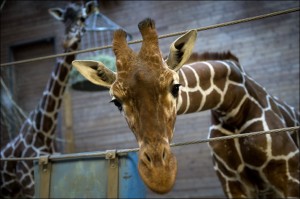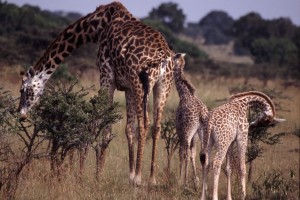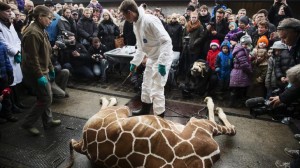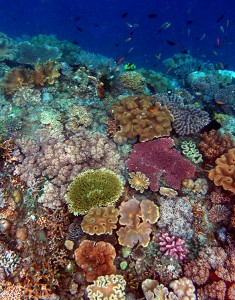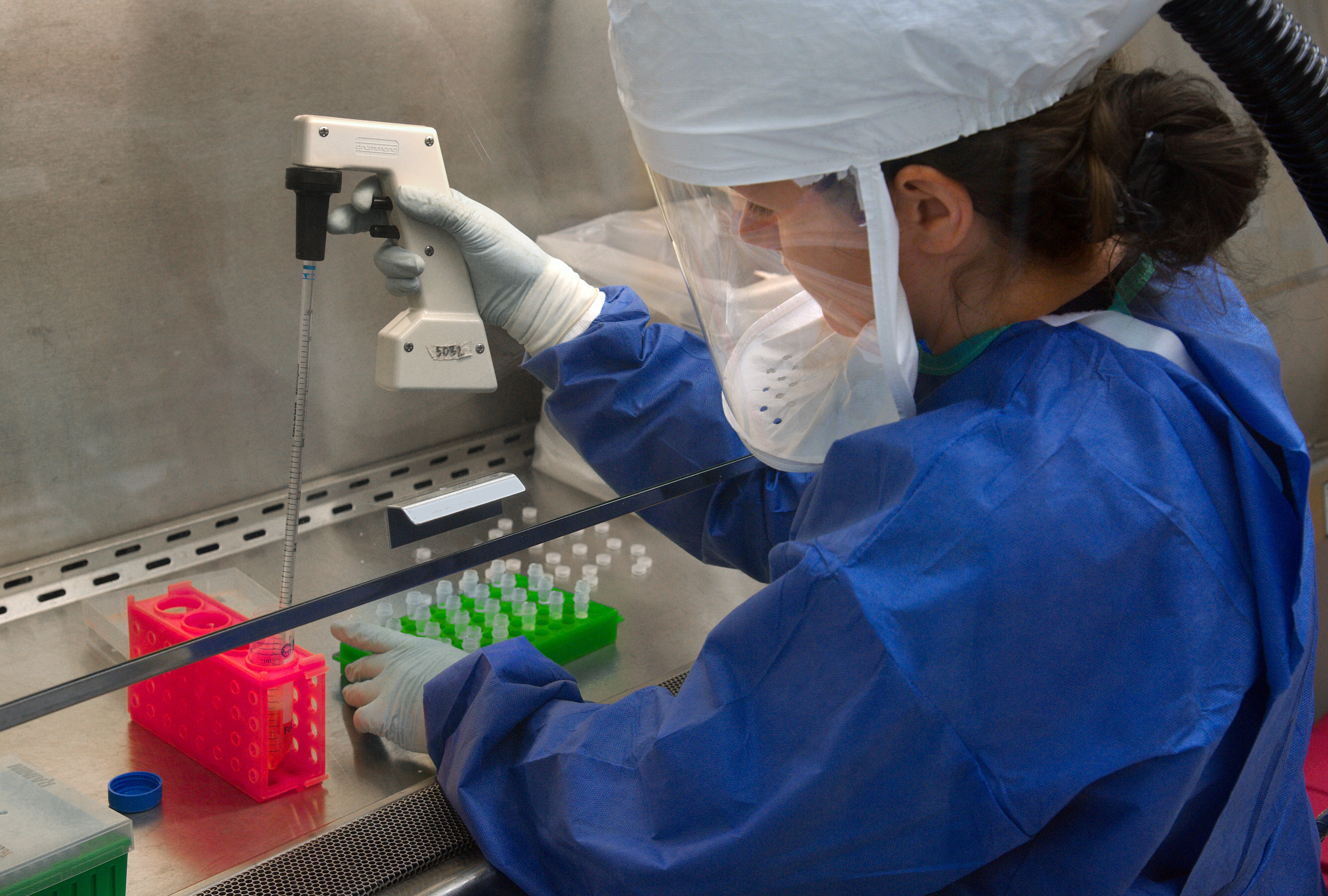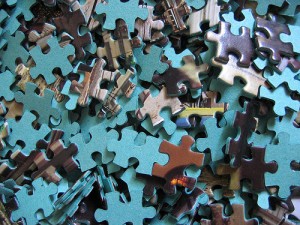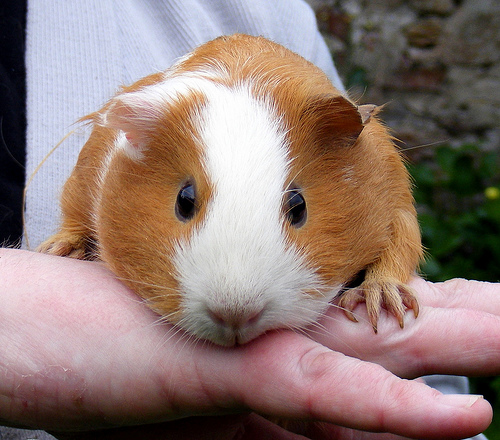This past weekend, Marius, a healthy two-year old giraffe was shot, dissected, and fed to the lions at the Copenhagen Zoo in Denmark. A horrendous act for what? The zoo claimed it was protecting the breeding program associated with the European Association of Zoos and Aquaria (EAZA). The zoo stated their actions were merited as this giraffe had genes too similar of the herd. Their reasoning was that it would increase the negative effects of inbreeding. Could the zoo or EAZA have done something to prevent the slaughtering of this perfectly healthy giraffe?
Breeding programs have been implemented in zoos world wide with a common goal to preserve global biodiversity especially for endangered or rare species. An important consideration is the genetic composition of the animals that are in captivity. If the animals are too genetically similar, inbreeding can occur and negative effects can become prominent in the population. Just like with humans, inbreeding, or incest, happens when you conceive a child with a close relative such as your cousin or your sibling. The child may have an increased mortality rate and a higher rate of being disabled. Mother nature has a way of making sure this rarely happens in the wild.
This phenomenon is called “inbreeding depression”. Offspring are more susceptible to be born with diseases and mutations resulting in decreased fitness. Fitness refers to the ability of the organism to survive and successfully produce healthy offspring. The most recent research on inbreeding depression in mammals discovered that it significantly impacts birth weight, survival, and reproduction.
Breeding programs, such as the one implemented by EAZA, aim to retain reproductive fitness while increasing genetic diversity, and overall growing the population. This means, they must have measures that prevent animals from becoming too genetically compromised. In the case at the Copenhagen Zoo, their standard operating procedures are elimination by death.
CNN reports on Copenhagen Zoo’s decisions
Many other zoos were willing to pay to take the giraffe to prevent the slaughtering. Even a petition with 20,000 signatures was not enough to stop this event from happening. EAZA’s rules and regulations do not allow other zoos to take animals that aren’t a part of their breeding program. Perhaps it is time for a review of this archaic practice.
From an ecologist’s perspective, other options should have been considered. Why not look into cross-continent breeding programs? It would increase genetic diversity with a lower chance of inbreeding while expanding the gene pool. However, shipping animals across continents is expensive and may not be a viable option. Retrieving gametes, sperm and ova, from another population would also increase genetic diversity within that population, with a potential lower cost.
The carnage of Marius the giraffe seemed rash and other options could have been considered. What was even more disturbing was how they let the children watch the so-called educational portion of their program.
Something needs to change before another Marius fiasco ensues.
Written by Danielle Marcoux
Other sources:
- Petition you can sign: http://tiny.cc/j1n3ax
- http://www.dailymail.co.uk/news/article-2555079/Danish-zoo-kills-young-giraffe-deemed-surplus-feeds-lions.html
- http://www.theglobeandmail.com/news/world/copenhagen-zoo-met-with-online-rage-after-putting-down-healthy-giraffe-to-stop-inbreeding/article16765938/
- http://onlinelibrary.wiley.com/doi/10.1002/(SICI)1098-2361(1997)16:5%3C377::AID-ZOO1%3E3.0.CO;2-7/abstract?deniedAccessCustomisedMessage=&userIsAuthenticated=false
- http://books.google.ca/books?id=a1vev5hf7o8C&printsec=frontcover#v=onepage&q&f=false

